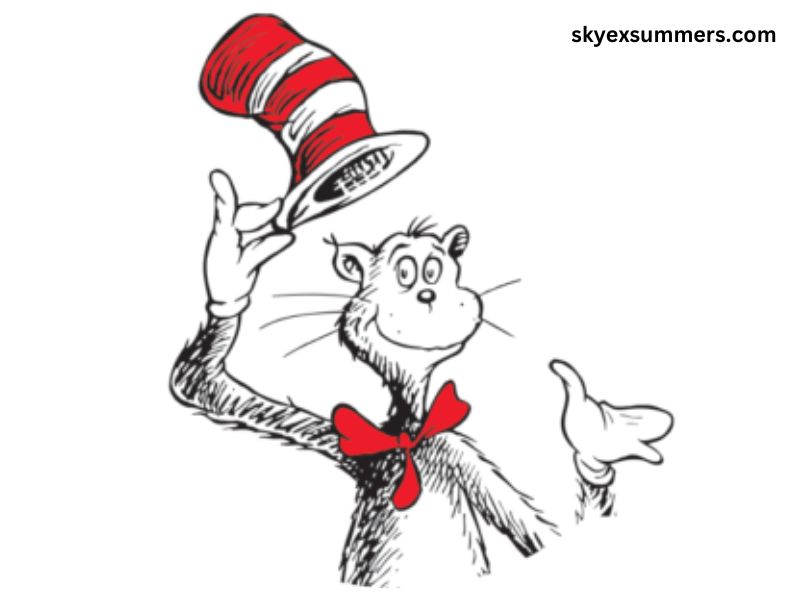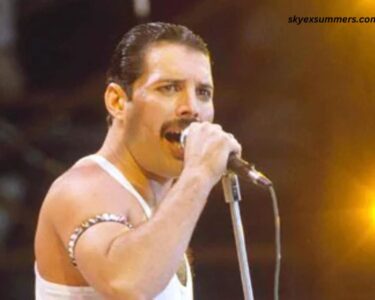The Cat in the Hat, created by Dr. Seuss, has captured the hearts and imaginations of children and adults alike since its publication in 1957. At the center of this whimsical tale is the titular character’s signature accessory: the iconic red and white striped hat. While it may appear as a simple piece of clothing, the Cat’s hat is laden with meaning and symbolism, serving as a catalyst for chaos and creativity. In this article, we will explore the origins of the hat, its role in the story, and its broader cultural significance.
Origins of the Cat in the Hat
Dr. Seuss, born Theodor Seuss Geisel, was a groundbreaking figure in children’s literature. The Cat in the Hat was born out of a challenge: to create a book that would engage children in reading while making it fun. Geisel was inspired by a need to make learning accessible and enjoyable, especially in an era when children’s reading materials were often bland and uninspiring.
The Cat in the Hat’s whimsical appearance—characterized by his tall, striped hat—was an essential part of his design. Dr. Seuss’s ability to blend the fantastical with the relatable is evident in the hat, which becomes a symbol of mischief, curiosity, and creativity.
The Hat as a Symbol
Chaos and Creativity
In the narrative, the Cat’s hat represents more than just a fashion statement; it embodies the themes of chaos and creativity. Upon his arrival, the Cat introduces a whirlwind of fun, transforming an ordinary rainy day into an extraordinary adventure. The hat serves as a literal and figurative tool for this transformation. When the Cat dons his hat, he invites the children into a world where rules are bent and imagination reigns supreme.
The hat also acts as a double-edged sword. While it is a source of joy and wonder, it also symbolizes the potential for chaos. The Cat’s antics lead to a series of escalating events that threaten to overwhelm the tidy household. This duality encapsulates the essence of childhood: a constant balancing act between freedom and responsibility.
Identity and Individuality
The Cat in the Hat’s hat also plays a significant role in shaping his identity. The vibrant red and white stripes are instantly recognizable, creating a visual shorthand for the character’s playful yet mischievous nature. In many ways, the hat is an extension of the Cat himself; it is flamboyant, quirky, and impossible to ignore.
In a broader sense, the hat symbolizes individuality and self-expression. It invites children to embrace their uniqueness and encourages them to think outside the box. The Cat’s carefree attitude, embodied in his choice of headwear, serves as a reminder that self-identity is not just about conforming to societal norms but also about embracing one’s quirks.
Cultural Impact
Influence on Literature and Education
The Cat in the Hat has had a lasting impact on children’s literature and education. The book’s simple vocabulary, playful rhyme scheme, and engaging illustrations have set a standard for early reading materials. It has inspired countless educators and authors to create engaging content that fosters a love for reading in young children.
The hat, as a central symbol, has been used in various educational contexts. Teachers often use it to discuss themes of creativity, imagination, and the importance of play. It serves as a gateway to broader discussions about individuality, responsibility, and the balance between fun and order.
Iconography and Merchandising
The Cat in the Hat’s hat has transcended the pages of the book to become an enduring symbol in popular culture. It has been featured in various adaptations, including animated television shows and live-action films. The hat itself has become a coveted item for children, often replicated in costume form for Halloween and dress-up play.
Merchandising around the Cat in the Hat has further solidified its status as a cultural icon. From plush toys to clothing, the hat has become a symbol of childhood imagination and the joy of reading. It serves as a reminder of the whimsical world that Dr. Seuss created and continues to inspire.
The Hat in Modern Media
The influence of the Cat in the Hat’s hat extends beyond traditional media. In a world dominated by social media and digital content, the hat has become a symbol of nostalgia and whimsy. It is frequently referenced in memes, art, and merchandise, resonating with a new generation of children and adults alike. This continued relevance highlights the hat’s role as a timeless emblem of imagination.
The Hat and Themes of Responsibility
The Duality of Fun and Consequences
While the Cat in the Hat brings excitement and adventure, the story also addresses themes of responsibility. The chaos that ensues is a direct consequence of the Cat’s carefree approach to life. As the story progresses, the children grapple with the aftermath of the Cat’s antics, ultimately recognizing the importance of restoring order.
The hat, in this context, serves as a symbol of this duality. It represents the allure of fun and creativity but also serves as a reminder of the responsibilities that come with it. This theme resonates deeply with readers, highlighting the necessity of finding a balance between freedom and accountability.
Lessons for Young Readers
The Cat in the Hat offers valuable lessons for young readers. The story encourages children to embrace their creativity while also understanding the consequences of their actions. The hat becomes a tangible representation of these lessons, prompting discussions about the importance of making choices and being responsible.
The story’s resolution, which involves cleaning up the mess and restoring order, reinforces the idea that while fun is essential, it should not come at the expense of responsibility. This balance is a crucial lesson for children, making the Cat’s hat a symbol of both adventure and accountability.
Conclusion
The Cat in the Hat’s iconic hat is far more than a mere accessory; it is a multifaceted symbol that encapsulates the themes of chaos, creativity, individuality, and responsibility. Dr. Seuss masterfully crafted a character whose adventures continue to resonate with readers of all ages, inviting them into a world where imagination reigns supreme.
As we explore the significance of the Cat in the Hat and his legendary hat, we are reminded of the enduring power of stories to inspire and educate. In a rapidly changing world, the lessons embodied in that whimsical red and white striped hat remain as relevant today as they were when the book first graced the shelves over six decades ago.
The Cat in the Hat, through his playful antics and iconic headwear, invites us all to embrace our creativity, celebrate our individuality, and remember the importance of responsibility. In a world that often demands conformity, the Cat reminds us to wear our hats proudly, to dream boldly, and to never lose sight of the joy of imagination.



